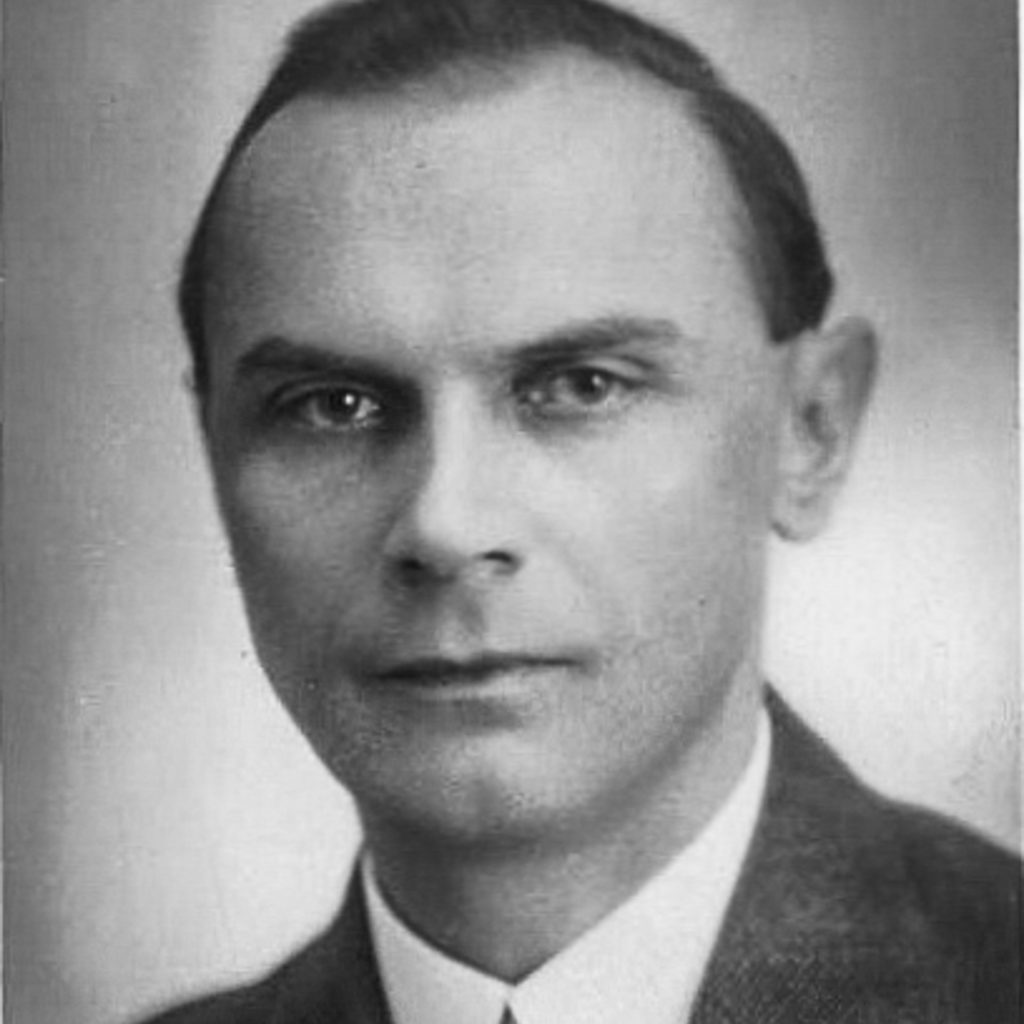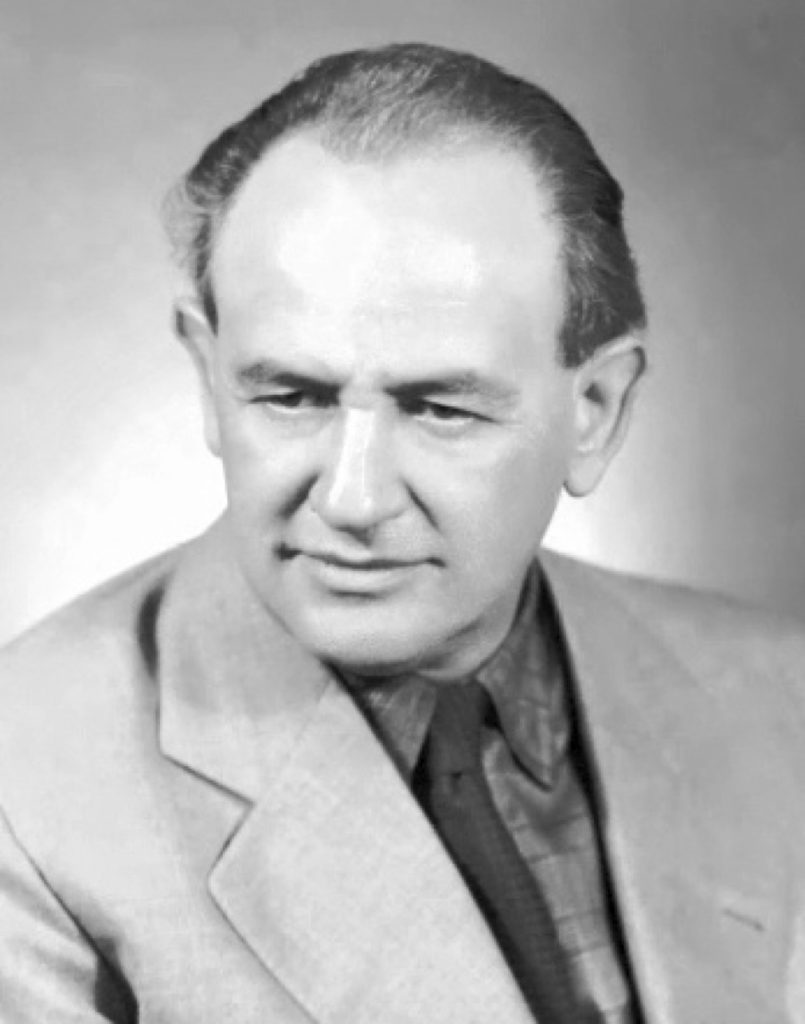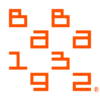
The House of Václav Řezáč
The economical single-floor house, with a flat roof fully utilisable as a sundeck, designed by Vojtěch Kerhart for the writer Václav Řezáč, was an example of practical and economical living for the middle class. Its style references similar designs at the Vienna exhibition of the Austrian Werkbund. The original house was debased by later building modifications.

Architect
Vojtěch Kerhart
(*1892 Poděbrady +1978 Poděbrady)

An architect and representative of interwar functionalism. He often cooperated with sculptors on creating monuments. Many of them are now listed as cultural heritage sites. He had his own design studio and was a member of the Art Department of the Czech Artists’ Forum (Umělecká beseda). In the Baba estate, he designed a house for the writer Václav Řezáč.
1911-1922
studied architecture at CTU in Prague
1914-1916
military service in the Austro-Hungarian army
1916-1920
military service in the Czechoslovak Legion in Russia, return via Vladivostok and Canada as a major
1922-1923
employed at the Ministry of Health
1924-1925
employed at the Ministry of Defence
1925-1948
independent architect in Prague and Poděbrady
1948-1957
employed in state design institutes
Significant Works
1924
barracks, Pardubice
1926
College of Agriculture, Poděbrady
1927-1928
monuments to President T. G. Masaryk in Poděbrady, Kroměříž, Nitra (in cooperation with Otto Gutfreund) and Kolín (in cooperation with J. Hruška and K. Kotrba)
1928
monument to Napoleon Bonaparte, Žuráň
1929
Štefánik’s House, Prague-Nové Město (in cooperation with Jan Zázvorka)
1930
post office, Poděbrady
1932
house of Karel Řezáč, Baba, Prague-Dejvice
1933
house of Karla Moravcová, Baba, Prague-Dejvice
weir and lock, Srnojedy, near Poděbrady
1934
monument to Bedřich Smetana, Poděbrady (in cooperation with Josef Wagner)
weir and hydroelectric power plant, Lysá nad Labem
villa in Dobřichovice
1934-1937
residential houses for pilots, workshops and police station, Prague-Ruzyně Airport
1935
barracks, Tábor
1937
Prague II radio station, Mělník
1938
Brno II radio station, Dobrochov
Poděbrady Colonnade
1939
Karel Čapek’s tombstone, Prague-Vyšehrad
villa in Volyně
1948
memorial to the victims of the German occupation, Poděbrady (in cooperation with K. Lidický)
1957
monument to Jan Hus, Husinec (in cooperation with K. Lidický)
1958
kiosk on Rieger Square, Poděbrady
Owner
Václav Řezáč

Václav Řezáč (1901-1956) was one of the most renowned personalities of the Czech psychological novel. He survived the occupation by writing for the children’s section of the Lidové noviny newspaper, and in 1948, he became one of the main pro-regime writers in the name of the new socialist literary model. He was the director of the “Český spisovatel” publishing house from 1949 until 1956, when he committed suicide.

